Intro
Treat poison oak and poison ivy rash with effective remedies, soothing calamine lotion, and oral antihistamines, relieving itching and inflammation, while preventing infection and scarring.
The great outdoors - a place where we can connect with nature, get some exercise, and enjoy quality time with family and friends. However, for many of us, spending time outdoors can also mean coming into contact with some not-so-friendly plants, like poison oak and poison ivy. These plants contain an oil called urushiol, which can cause a painful and itchy rash on our skin. In this article, we'll delve into the world of poison oak and poison ivy, exploring the causes, symptoms, and treatment options for the resulting rash.
For those who have never had the pleasure of experiencing a poison oak or poison ivy rash, it's essential to understand how these plants can affect our skin. The urushiol oil found in poison oak and poison ivy is highly potent and can cause a severe allergic reaction in many people. This reaction can lead to a range of symptoms, from mild redness and itching to severe blisters and swelling. In some cases, the rash can be so severe that it requires medical attention.
The importance of understanding poison oak and poison ivy cannot be overstated. Every year, millions of people come into contact with these plants, resulting in painful and uncomfortable rashes. By learning more about these plants and how to treat the resulting rash, we can take steps to prevent and manage the symptoms, reducing the risk of long-term damage to our skin. Whether you're an outdoor enthusiast, a gardener, or simply someone who loves spending time in nature, it's crucial to know how to identify and treat a poison oak or poison ivy rash.
Poison Oak and Poison Ivy: What's the Difference?
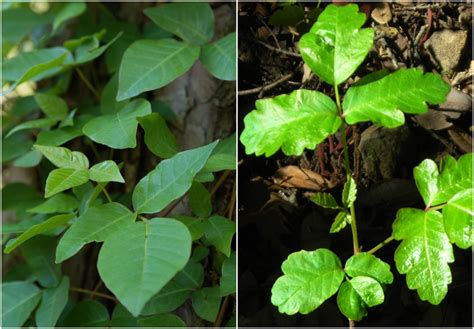
Identifying Poison Oak and Poison Ivy
Identifying poison oak and poison ivy is crucial to avoiding contact with these plants. Poison oak has lobed or toothed leaves that resemble oak leaves, while poison ivy has leaves with three pointed leaflets. Both plants can grow as vines, shrubs, or groundcover, making them difficult to spot. By knowing what to look for, you can reduce your risk of coming into contact with these plants and developing a painful rash.Causes and Symptoms of Poison Oak and Poison Ivy Rash
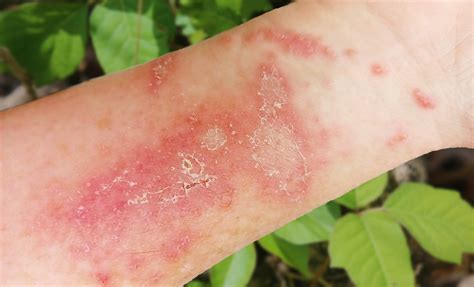
The symptoms of a poison oak or poison ivy rash typically develop within 12-48 hours of exposure and can last for several weeks. Common symptoms include:
- Redness and itching
- Blisters or bumps
- Swelling
- Burning or stinging sensation
- Fluid-filled blisters
Treatment Options for Poison Oak and Poison Ivy Rash
Treating a poison oak or poison ivy rash requires a combination of self-care and medical treatment. In most cases, the rash will resolve on its own with time, but there are several steps you can take to reduce the symptoms and promote healing.Some common treatment options for poison oak and poison ivy rash include:
- Calamine lotion to reduce itching and inflammation
- Hydrocortisone cream to reduce swelling and redness
- Antihistamines to relieve itching and reduce the allergic response
- Cold compresses to reduce itching and inflammation
- Oatmeal baths to soothe and calm the skin
Home Remedies for Poison Oak and Poison Ivy Rash
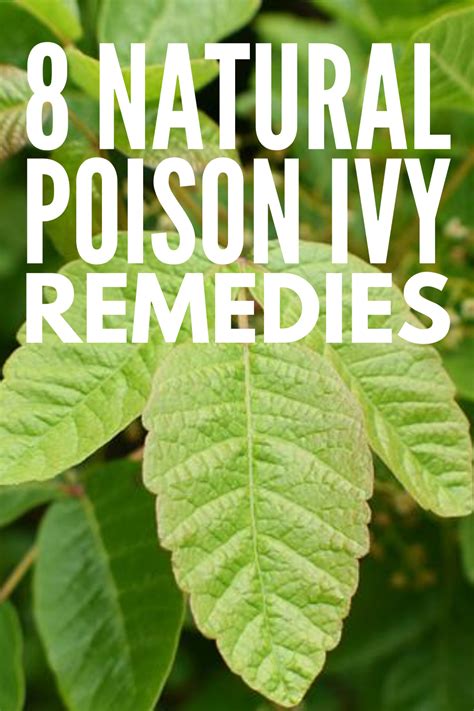
Preventing Poison Oak and Poison Ivy Rash
Preventing a poison oak or poison ivy rash is always the best course of action. By taking a few simple precautions, you can reduce your risk of coming into contact with these plants and developing a painful rash.Some tips for preventing poison oak and poison ivy rash include:
- Wearing protective clothing, such as long sleeves and pants, when outdoors
- Staying on marked trails and avoiding areas with dense vegetation
- Washing clothing and gear thoroughly after spending time outdoors
- Using a barrier cream or lotion to protect the skin from urushiol oil
- Learning to identify poison oak and poison ivy to avoid contact
When to Seek Medical Attention
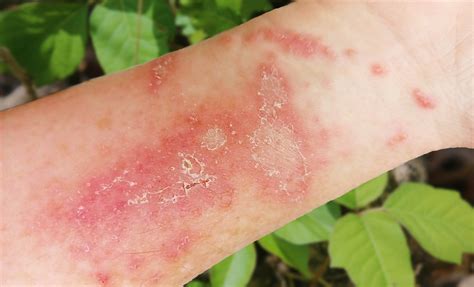
You should seek medical attention if:
- The rash is severe or widespread
- You experience difficulty breathing or swallowing
- You have a fever or swollen lymph nodes
- The rash becomes infected or develops pus
- You have a weakened immune system or are taking immunosuppressive medications
Complications of Poison Oak and Poison Ivy Rash
While rare, there are some potential complications of a poison oak or poison ivy rash. These can include: * Infection: Bacterial or fungal infections can develop if the rash becomes scratched or broken. * Scarring: In severe cases, the rash can leave permanent scars. * Allergic reactions: Some people may experience severe allergic reactions, including anaphylaxis, which can be life-threatening. * Skin discoloration: The rash can cause permanent skin discoloration or hyperpigmentation.Conclusion and Next Steps
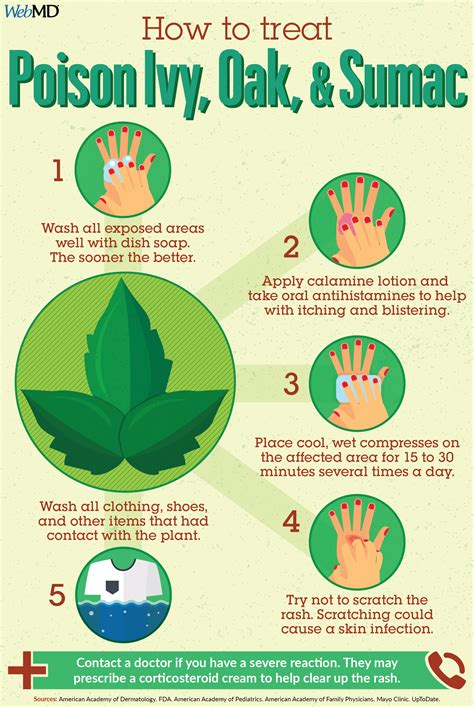
We hope this article has provided you with valuable information and insights into the world of poison oak and poison ivy. If you have any questions or comments, please don't hesitate to reach out. Share this article with your friends and family to help spread awareness about these plants and how to prevent and treat the resulting rash.
What is the best way to treat a poison oak or poison ivy rash?
+The best way to treat a poison oak or poison ivy rash is to use a combination of self-care and medical treatment. This can include calamine lotion, hydrocortisone cream, antihistamines, and cold compresses.
How can I prevent a poison oak or poison ivy rash?
+Preventing a poison oak or poison ivy rash involves taking a few simple precautions, such as wearing protective clothing, staying on marked trails, and washing clothing and gear thoroughly after spending time outdoors.
When should I seek medical attention for a poison oak or poison ivy rash?
+You should seek medical attention if the rash is severe or widespread, you experience difficulty breathing or swallowing, or you have a fever or swollen lymph nodes.
